Maximize your cutting performance with premium circular saw blades. Find the perfect blade for wood, metal, laminate, or plastic. We offer fully customizable blades to match your exact specs.
Premium Materials: Laser-cut steel bodies and high-density carbide tips for maximum durability.
Optimized Geometry: Computer-balanced design reduces vibration for a smoother, safer operation.
Longer Lifespan: Our blades stay sharper, longer, giving you a better ROI.
Versatility: A blade for every material and every saw—table saws, miter saws, circular saws, and more.
Expert Support: Our team is here to help you select the perfect blade for your job.

Frequently Asked Questions: Expert Advice on Circular Saw Blades
For ripping (cutting with the wood grain), use a blade with fewer teeth (e.g., 24-tooth) for fast, aggressive cuts.
For cross-cutting (cutting across the grain), use a blade with more teeth (e.g., 60-tooth or 80-tooth) for a smooth, clean finish.
For a general-purpose blade, a 40-50 tooth combination blade is a great all-rounder.
Always match the blade to your material: use specific blades for wood, metal, laminate, or masonr
A: The “kerf” is the width of the cut the blade makes.
Full-Kerf Blades: Thicker (usually ~1/8″). They are more rigid and resistant to bending, ideal for powerful table saws and cutting hardwoods. They produce a wider cut and remove more material.
Thin-Kerf Blades: Thinner (usually ~3/32″). They require less power from your saw, reduce material waste, and are perfect for lower-horsepower saws like benchtop or cordless models.
A: As a general rule:
Fewer Teeth (10-30): Faster, rougher cuts; ideal for ripping lumber.
Medium Teeth (40-50): A good balance for combination/general-purpose work.
More Teeth (60-100+): Smoother, slower cuts; essential for fine woodworking, cross-cutting, and cutting materials like plywood or laminate without chipping.
We do not recommend it. Blades for wood are designed with a specific tooth geometry and carbide grade for cutting fibrous materials. Using them on metal can damage the teeth, create a significant safety hazard, and ruin your workpiece. Always use a blade specifically designed for the material, such as our carbide-tipped metal cutting blades or abrasive cut-off blades.
A: These acronyms describe the tooth grind, which determines the cutting action:
FTG (Flat Top Grind): Best for fast, aggressive ripping.
ATB (Alternate Top Bevel): Teeth are angled left and right for a cleaner, shearing cut across the grain. Excellent for cross-cutting and finish work.
TCG (Triple Chip Grind): A durable grind ideal for hard materials like laminate, plastics, non-ferrous metals, and materials that are prone to chipping.
Replace or sharpen your blade when you notice:
Increased effort required to push the material.
Burning marks on the wood.
Rougher-than-usual cuts.
Visible chipping or dullness on the carbide teeth.
A high-quality blade like ours can often be professionally sharpened several times before needing replacement, making it a more cost-effective choice in the long run.
A: Yes, absolutely! Our custom circular saw blade service is a core part of our business. We can manufacture blades to your exact specifications, including:
Custom diameters and arbor holes.
Specific tooth count and grind (ATB, TCG, etc.).
Specialized kerf widths.
Premium carbide grades for exotic materials.
Private labeling for professional shops.
Visit our [Custom Saw Blades] page or contact us directly for a quote.

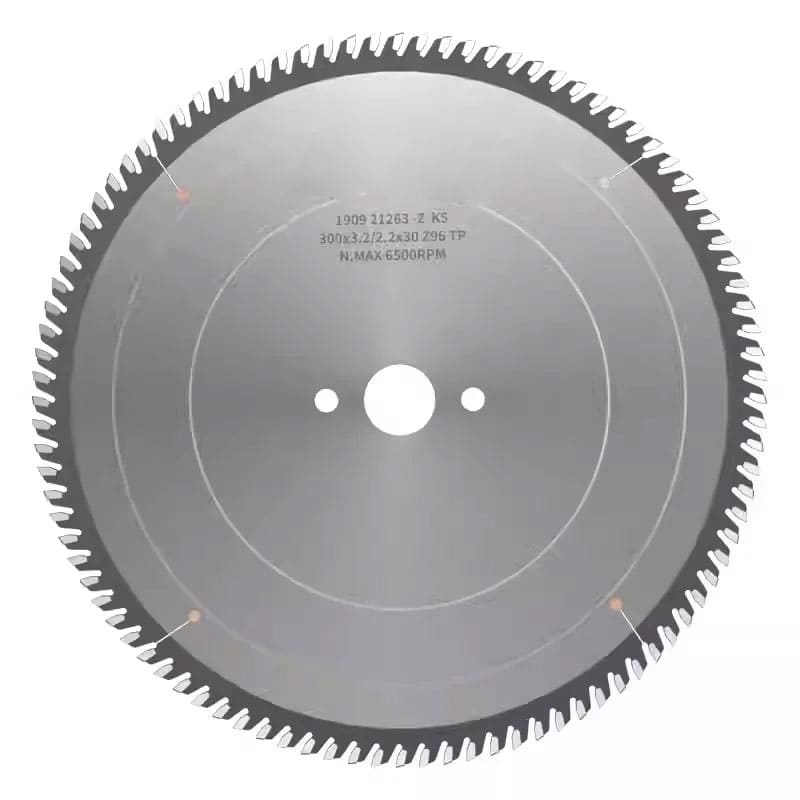

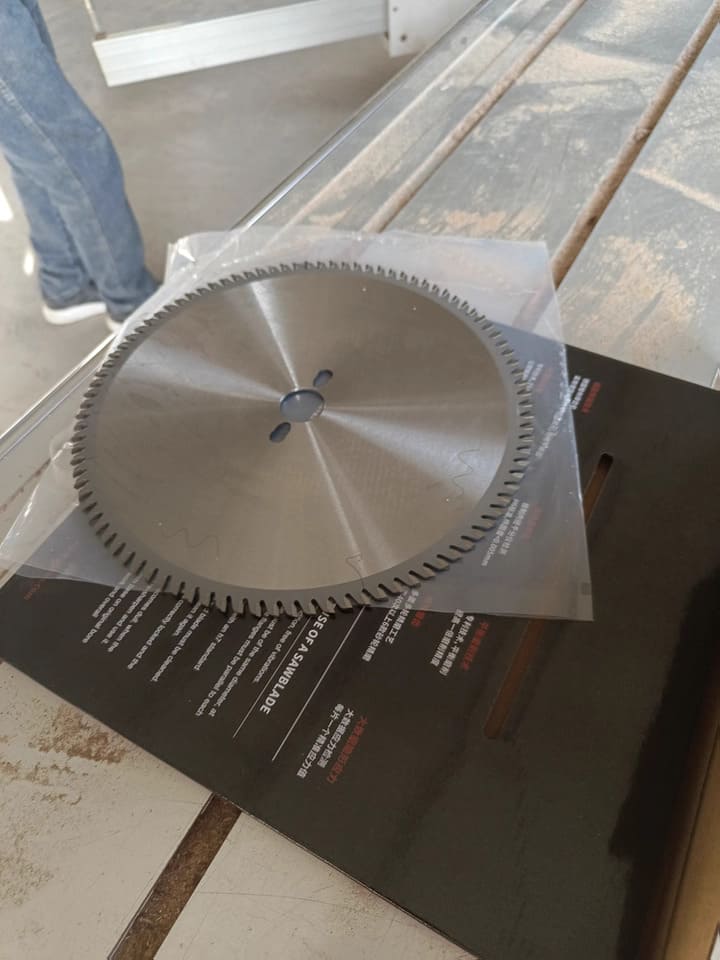
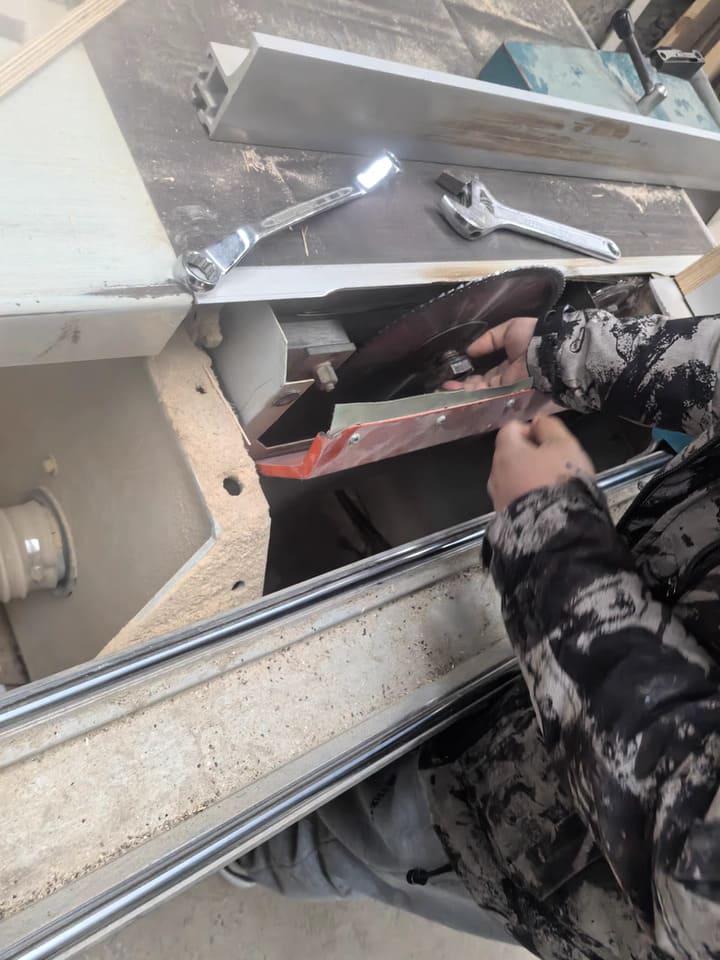


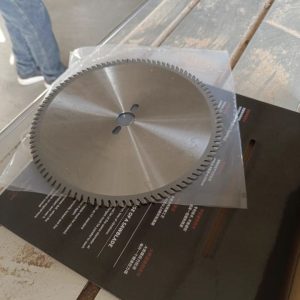
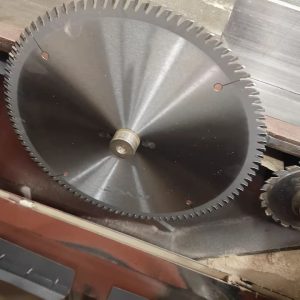
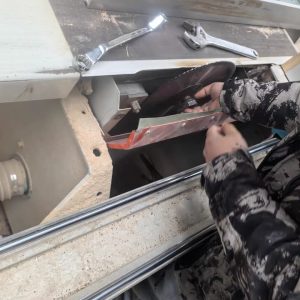
Reviews
There are no reviews yet.